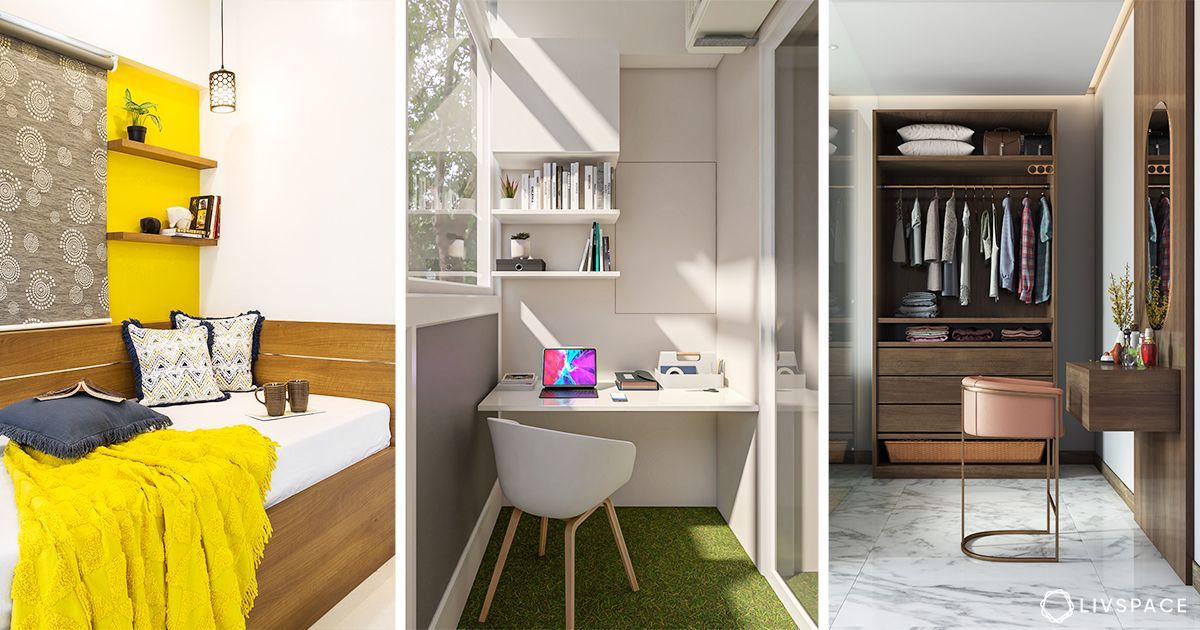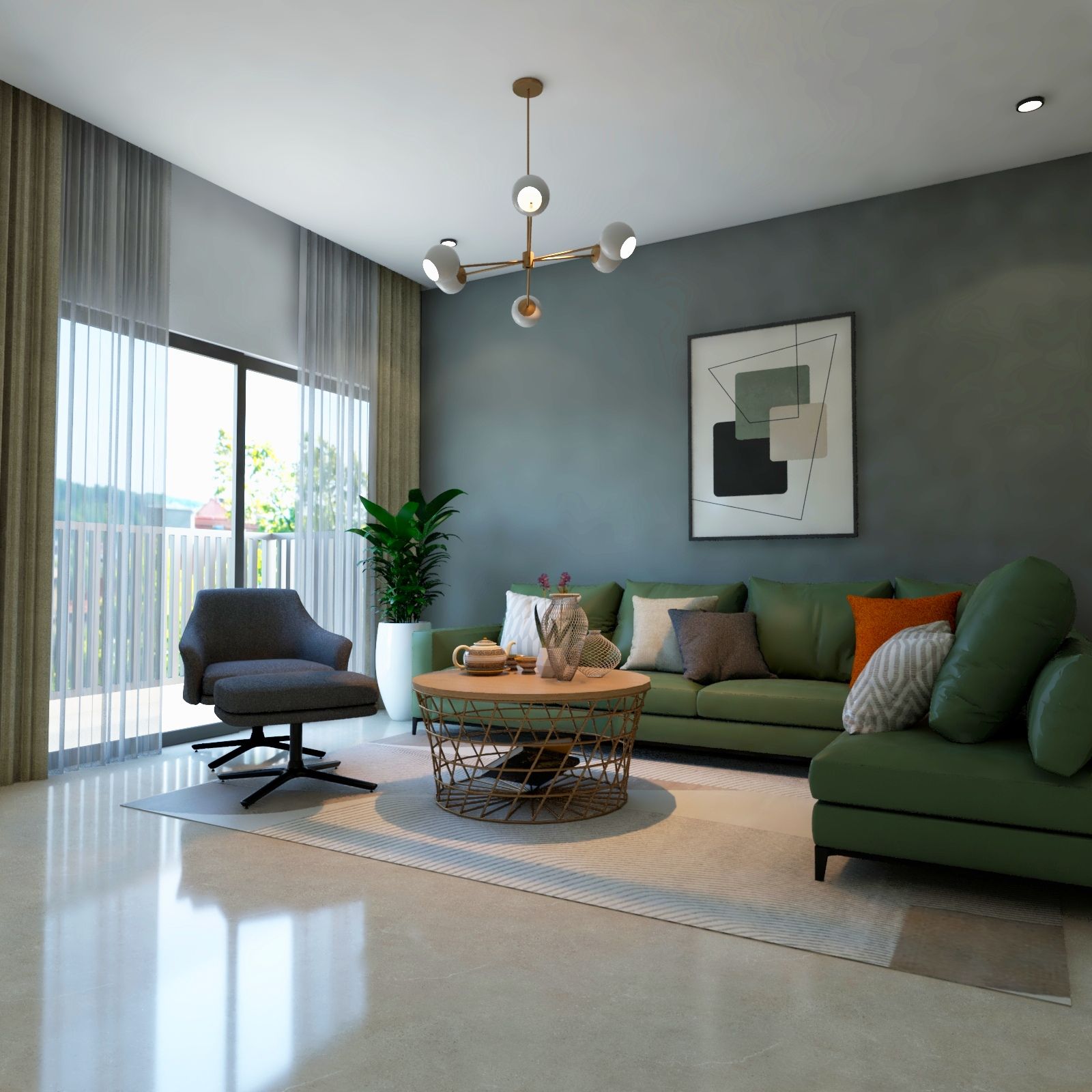Unleash Your Inner Developer With Room Designer Insights
Space Designer Insights supply a comprehensive overview to recognizing the subtleties of color psychology, furnishings positioning, illumination strategies, and the art of blending appearances and patterns. By diving into these insights, people can unlock the potential to develop areas that not only mirror their special design but also stimulate a sense of harmony and convenience.
Recognizing Shade Psychology
Evaluating the influence of shade on human emotions and actions is necessary in indoor style. Shades have the power to evoke certain feelings and established the tone for an area, making it important for designers to understand shade psychology. Cozy shades like red, orange, and yellow can develop a comfortable and welcoming atmosphere, ideal for social rooms like living rooms or kitchen areas. On the other hand, trendy shades like blue, green, and purple can advertise relaxation and tranquility, making them suitable for bedrooms or office.
In addition to the basic shade groups, various tones and tones can even more influence state of mind. A brilliant, saturated color can invigorate a space, while a muted, light hue can cause a sense of calm. It is essential to consider social and private distinctions when choosing colors for a space, as certain tones may have different significances or organizations throughout different teams. By thoroughly picking and integrating colors based on their psychological results, interior designers can produce unified and impactful rooms that satisfy the emotions and behaviors of the citizens.
Furnishings Positioning Tips
When organizing furniture in a space, critical positioning can substantially influence the functionality and appearances of the space. One key tip is to take into consideration the area's centerpiece, such as a fireplace, huge home window, or entertainment center, and orient the furniture around it. This produces a feeling of balance and accentuates the space's standout function.

An additional important consideration is the scale and proportion of the furniture. Make certain that the dimension of the furnishings matches the dimension of the room. Prevent congestion by leaving enough area between items for a comfortable and aesthetically pleasing layout.
Lights Strategies for Atmosphere
Reliable lighting techniques play a critical role in establishing the atmosphere and mood of an area, enhancing its overall environment and performance. Ambient lights provides total illumination, typically through ceiling-mounted fixtures or wall sconces, producing a comfy degree of illumination in the space.
In enhancement to the sorts of lights, the shade temperature level of bulbs likewise impacts the ambiance. Warmer tones (around sofa chair near me 2700-3000 Kelvin) create a comfortable and inviting environment, appropriate for living spaces and bed rooms, while cooler tones (around 3500-4100 Kelvin) are a lot more stimulating and ideal for task-oriented locations like cooking areas or home workplaces. By tactically combining different illumination kinds and adjusting shade temperature levels, you can transform an area right into a versatile and inviting area.
Combining Patterns and Textures
To raise the aesthetic appeal and deepness of a room, skillfully incorporating a mix of appearances and patterns can bring a vibrant and engaging aspect to the space. Blending appearances, such as smooth velour with harsh woven materials, adds responsive rate of interest and can make an area really feel extra inviting.

Remember to layer patterns and appearances attentively throughout the space, integrating them read what he said in things like rugs, throw cushions, drapes, and furniture. This strategy enables an aesthetically revitalizing environment that shows your special style sensibilities.
Customizing Your Room
Integrating individual touches into your living area can transform it into a reflection of your distinct character and design choices. Customizing your room involves instilling components that reverberate with you on a deeper level.
One more method to personalize your room is by incorporating shades that evoke details emotions or memories. Whether you favor relaxing blues, stimulating yellows, or sophisticated neutrals, choosing hues that reverberate with you can develop a much more inviting environment. Furthermore, integrating individualized decoration such as customized photo frameworks, monogrammed toss cushions, or hand-crafted crafts can additionally improve the individuality of your space.
In addition, do not ignore the power of integrating aspects that mirror your pastimes, rate of interests, or social history. Whether it's a shelf loaded with your favored reads, a gallery wall surface showcasing your photography skills, or textiles that commemorate your heritage, these individual touches can truly make your area feel like resource home.
Verdict
Including shade psychology, critical furnishings placement, efficient lighting methods, and the art of blending structures and patterns can transform any space into a unified and aesthetically attractive space. Individualizing the design further boosts the overall aesthetic, developing an area that shows private design and character. By using these insights, interior decoration abilities can be elevated, causing a functional and cosmetically pleasing living atmosphere.
Warm colors like red, orange, and yellow can create a cozy and inviting ambience, perfect for social spaces like living rooms or kitchens.When setting up furniture in an area, strategic placement can significantly affect the capability and looks of the room. By strategically combining various lighting types and readjusting shade temperature levels, you can transform a space into a flexible and welcoming room.
In addition, think about the design of the room-- for a much more traditional room, decide for classic patterns like stripes or damask, while a modern space might benefit from geometric or abstract designs. - Furniture Stores Near Me
Incorporating color psychology, calculated furnishings positioning, efficient lighting techniques, and the art of mixing patterns and textures can change any kind of area right into a unified and aesthetically appealing room.